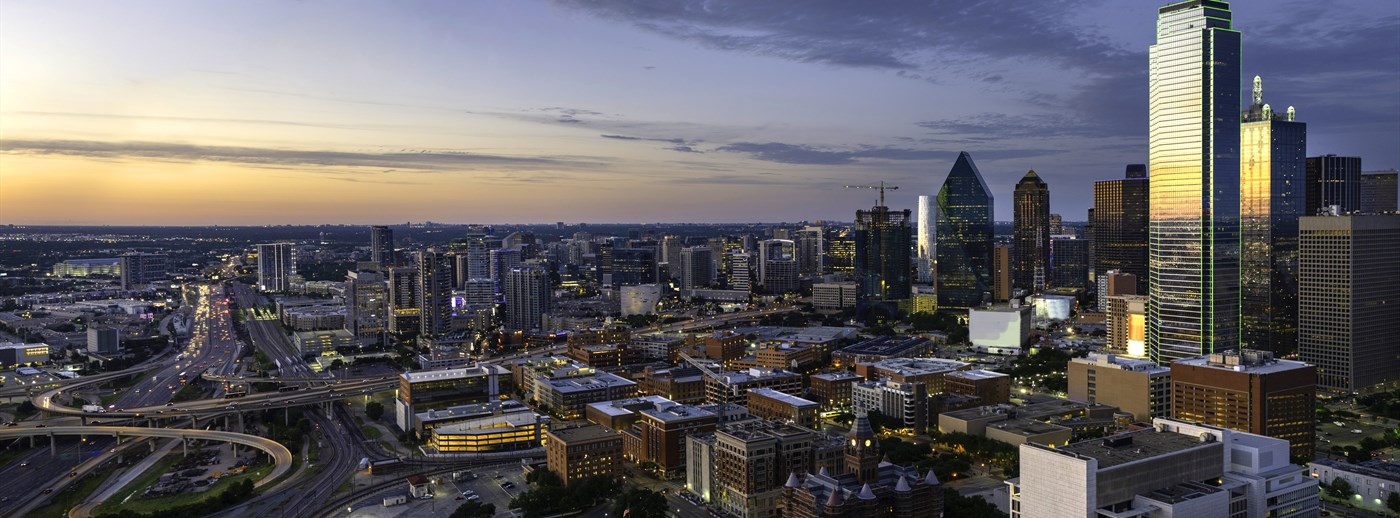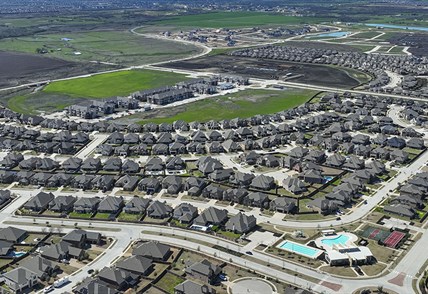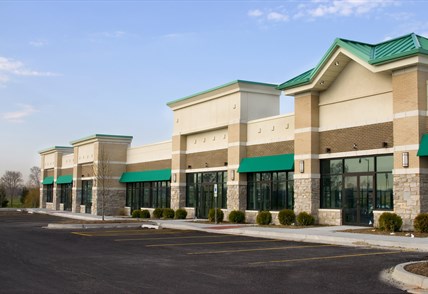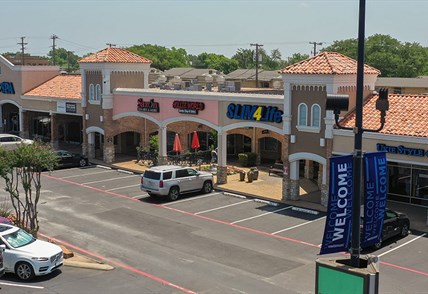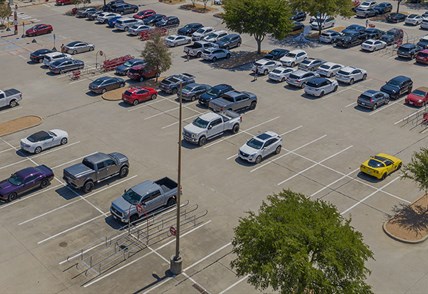The past two years have been a “perfect case study” in retail’s role as a real estate fixture, according to Weitzman president and CEO Marshall Mills.
“Who would have thought when everybody said that retail was going to be dead and everyone was going to order online, that the highest point of online sales was 23% when everything was closed during the pandemic,” said Mills in a recent interview.
“We all saw the ‘what-if’ scenario that all the smart people were talking about. ... The closures impacted [brick-and-mortar retail] for a short period of time, but it didn’t kill the industry. If anything, it made it better because we all realize how much people miss social interaction and experience,” he added.
As the country and the region continue to manage policies in safely coping with Covid-19, Mills said, for his firm, the majority of tenant sales are up over 2019 for 2021; retail development is set to come back in the next 12 to 24 months; and grocers won’t be sitting on the sidelines for much longer.
Mills discussed the tight new construction inventory, the impact of interest rates and more in the interview that follows.
We’ve had a shortage of retail development in North Texas since the onset of the pandemic. Talk to me about what that means in terms of demand and construction of new centers.
I don’t know about you, but 2020 and 2021 feel like one long period of time. If you look at 2020, there was approximately 1.7 million in new construction, and 2021 will probably be less than 1 million square feet.
There are a lot of reasons as to why construction for retail was way off. You had Covid, and people stopped projects because people got nervous. We also had supply issues.
We expect growth for 2022 and 2023, even though construction is a big issue. There have been work issues and supply chain issues. This month, for instance, we’re ordering our steel for a project in Celina. We’re not going to be able to get underway until probably the second quarter next year since steel is anywhere from six to nine months.
In the good old days, you could build a center in 9 to 12 months. Now there’s an enormous amount of planning, and then there are also cost issues. The costs have been up over 20% over the last 12 months. So what does that mean? That means rents must proportionately increase as well.
You have to plan a lot in advance, and you’re talking about lease-up – we don’t really do anything spec per se – lenders don’t like that. We don’t like that, even if we feel very good about the area. There’s just this kind of big question mark and unknown on cost, and to add to that, you have the interest rate environment. What happens in the next 12-18 months with interest rates? All those factors have contributed to this huge reduction in new construction.
However, having said all that, we’ll start to see grocers get kicked back up in 2022 and 2023 because they’ve been sitting on the sidelines the past couple of years and they must meet the demand of the customers in these new, growing areas. Those are not only the Celinas and Prospers, but also in the east, like Rockwall and Fate. We will see the HEBs and other major players do projects in the next 12 to 24 months.
New projects and developments have to deliver all these little things that the retailer asks for. The roles are changing. Landlords must listen more to the tenants, but the tenants have got to pay the rent. The good tenants are going to do that. The majority of tenant sales in 2021 are up over 2019. There are reasons for that. People are tired of being inside and want to socialize again, so they’re out shopping.
We’ve also spent the last 24 months doing remodels on a lot of our older centers. We’ve seen sales go up after we do that – the parking lots look good; good signage; we’ve painted, and it’s fresh. We’ve used that time to remodel and architecturally improve buildings in lieu of new construction.
Adding patios, dedicated parking spaces and increased safety measures have been large pushes for y’all with tenants. What else is front of mind for clients right now?
Drive-thru has been a huge request for many other fast food types who want drive-thrus, along with dedicated parking, patios and even a specific pickup area for takeout. It’s hard with a drive-thru because you have to cut a hole in the side of the building and it changes the drive pattern and all that. It really has to be done with new construction.
What are you keeping an eye on as we head into a new year?
The interest rate is one, and time will tell. The other is whether construction costs are going to flatten back out. We’ve seen, for example, that wood spiked a lot, and it’s come back down. Still, with all those materials, will we see a correction getting back to closer to 2019 levels? I don’t know. That’s why some of these other projects in Uptown have paused because the construction costs have just gotten so out of whack.
Another piece of this is employment. For example, everybody I know in the restaurant business is having to pay their people more. You can’t work from home and be in the restaurant business, so they’re competing against other industries for people now. Since restaurants have to pay people more and food costs are going up, you’re seeing restaurants having to raise their prices.
A lot of people saved a lot of money during the pandemic for a lot of different reasons. There’s a lot of money in the system, so it’ll be interesting to see how that impacts 2022 and 2023.
Retail is here to stay. It’s like anything: the great and good locations will be leased; the ones that are marginal locations are more challenging. But given the lack of new construction, many of those are leased now. They may not be at high, high rental rates, but they’re leased.
When you’re trying to build something new, what kind of challenges do the construction costs and supply chain delays cause on the leasing side or when you’re trying to pre-lease your anchor tenant?
We have a little contingency built for these unknowns, and given our relationships with a number of contractors, we’re hedging a bit. We’re accounting for inflation. The big issue is if the tenants can afford the rent. For example, in Celina, the demand is there. We know that we can generate those rent levels to support a new project.
You’re never going to mitigate all the risks in the development business, but we have a pretty good feel – as do our contractors and consultants – and we figure that into the pro forma.
As the leader of a business, how did you approach management at the outset of the pandemic?
By far, our No. 1 concern was the safety of our people, and No. 2 was the safety of our tenants. Herb [Weitzman] and I spent countless hours talking about what we could do to ensure our people were OK. We had the technology in place to work from home, but as a leader, I was most worried about our people.
In March of 2020, I shot a video from my house and sent it to the whole firm because I knew people were scared. They were scared about Covid, yes, but they were scared about their jobs. Herb and I had to give them comfort, and the way we did that was through a lot of communication.
We were also worried about whether tenants could pay rent and how we could continue to work with them. God bless our asset managers. They worked around the clock with these tenants. Think about it: You put your life savings into a business, and then boom, literally for 30 days, you shut down. We helped hundreds of tenants get their PPP and things like that ... which a small business proprietor might not know how to do. Some of them didn’t even have banking relationships.
This Q&A originally appeared in the Dallas Business Journal
